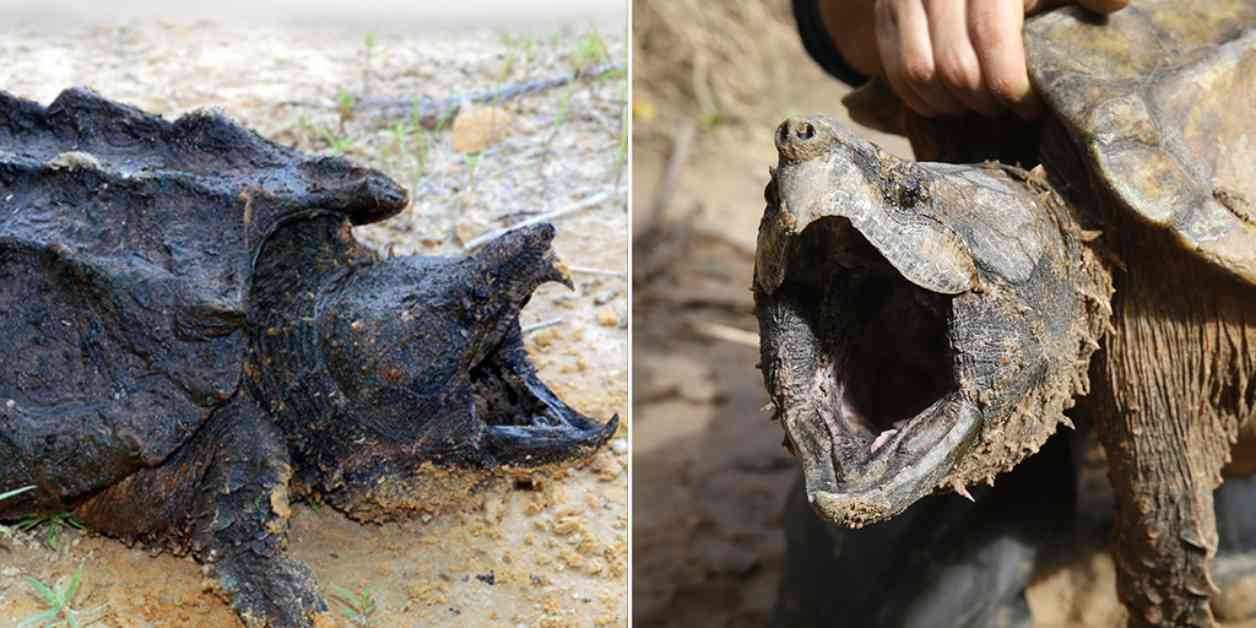The Kansas Department of Wildlife and Parks, in collaboration with researchers from Missouri State University, is working on a project to reintroduce alligator snapping turtles into state waters. These turtles, raised at the Tishomingo National Fish Hatchery in Oklahoma, will be tagged and released into a specific area of the Neosho River in Kansas.
The Neosho River, a tributary of the Arkansas River, stretches over 463 miles across eastern Kansas and northeastern Oklahoma, forming part of the Mississippi River watershed. The alligator snapping turtles being released are between 6 and 8 years old, marking the first observation of this species in Kansas since 1991 when one was captured in Onion Creek, a tributary of the Verdigris River.
Alligator snapping turtles are the largest freshwater turtle species, with males typically weighing between 155 and 175 pounds. These turtles have been successfully reintroduced in states like Illinois, Tennessee, Louisiana, and Oklahoma. In northeast Oklahoma, approximately 1,200 juvenile alligator snapping turtles have been released into rivers like the Caney, Neosho, and Verdigris.
To monitor the movement and survival of the tagged turtles, researchers will track and recapture them periodically. The decline of alligator snapping turtles is primarily attributed to habitat degradation and over-harvesting for their meat, as reported by the National Wildlife Federation.
The establishment of these turtles back into Kansas waters is challenging due to various dams present on the rivers, hindering their natural migration. However, with human intervention and strategic reintroduction efforts, the Kansas Department of Wildlife and Parks aims to facilitate the recovery of the alligator snapping turtle population in the region.
The partnership with Missouri State University researchers will enable the tagging and release of juvenile alligator snapping turtles from the Tishomingo hatchery into the Neosho River. The first release is scheduled for the fall of 2024, with subsequent releases planned for 2025 to further support the conservation and population growth of these unique reptiles.
Efforts like these highlight the importance of conservation initiatives and collaborative research to protect and restore endangered species like the alligator snapping turtle. By reintroducing these fascinating creatures into their natural habitat, scientists and wildlife experts hope to ensure their long-term survival and contribute to the overall biodiversity of the region.




